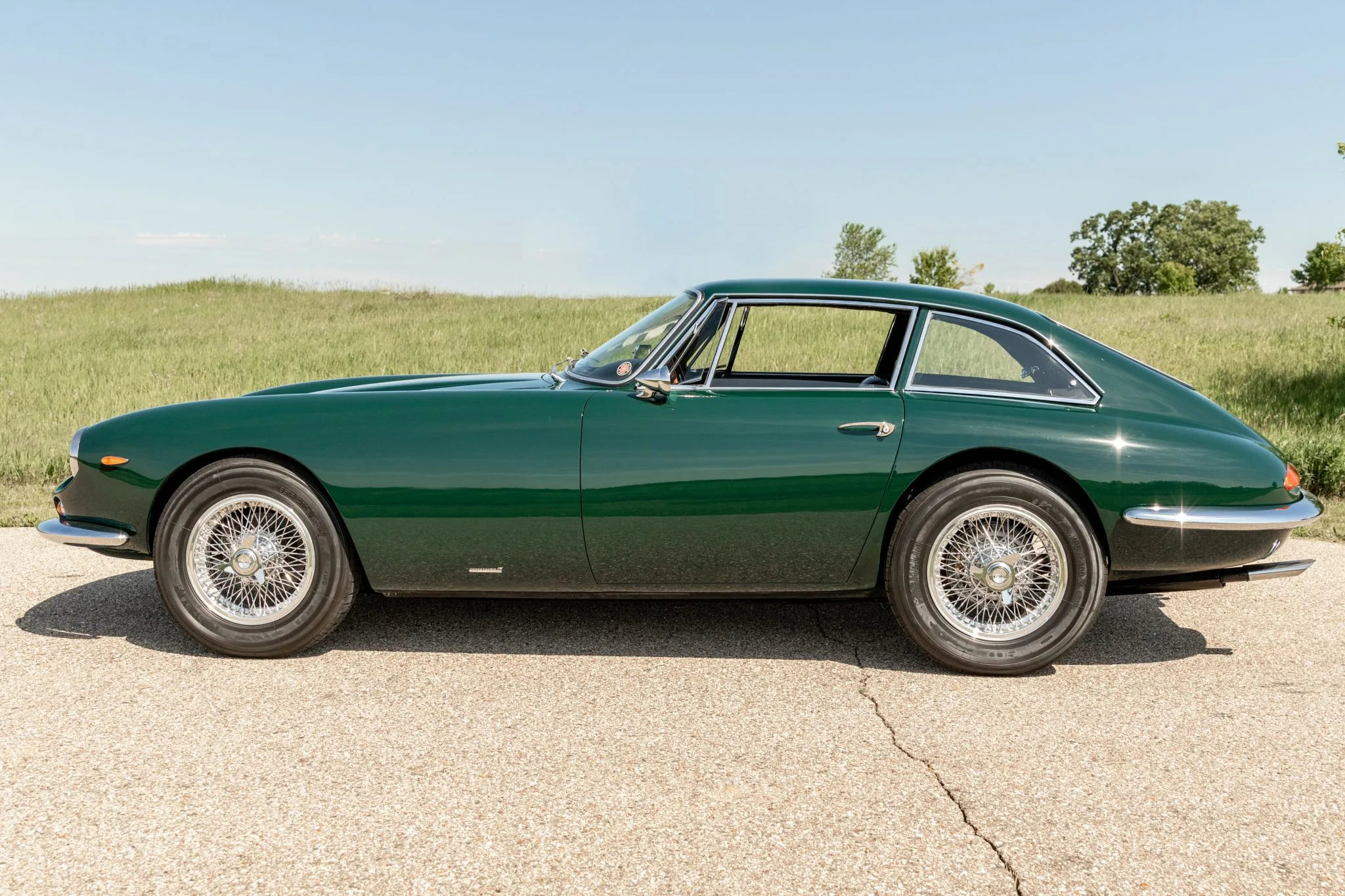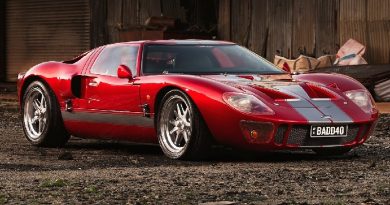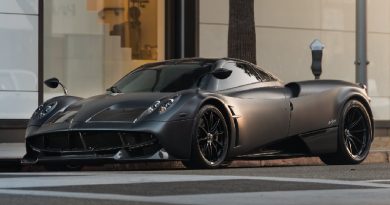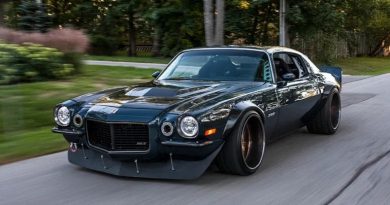1964 Apollo 5000 GT
The Apollo GT was an Italian-American sports car, initially marketed from 1962 to 1964 by International Motor Cars in Oakland, California.
Engineered by Milt Brown and designed by Ron Plescia, it featured handmade Italian bodywork and chassis by Intermeccanica, with a choice between two-seater convertible or fastback styles.

The initial company completed assembly of 42 cars before suspending production while seeking new financing. IMC allowed the sale of Intermeccanica body/chassis units to Vanguard Motors in Dallas, Texas, to produce cars under the Vetta Ventura name. These were made until 1966 as a stop-gap measure to keep body producer Intermeccanica in business until new backers were found. Other production arrangements followed, assembling cars not completed by International.
A total of 88 have been produced to date by all entities.
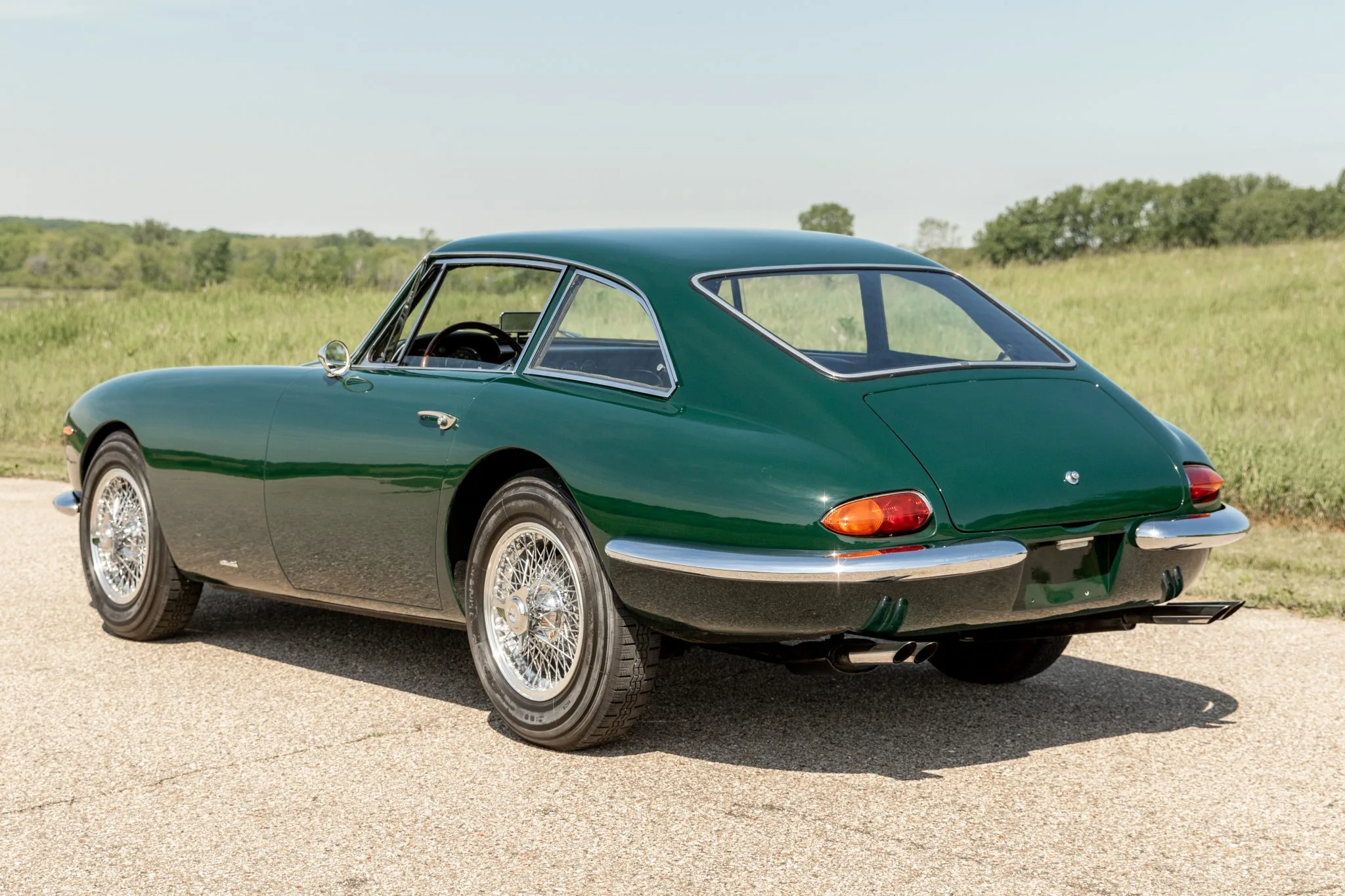
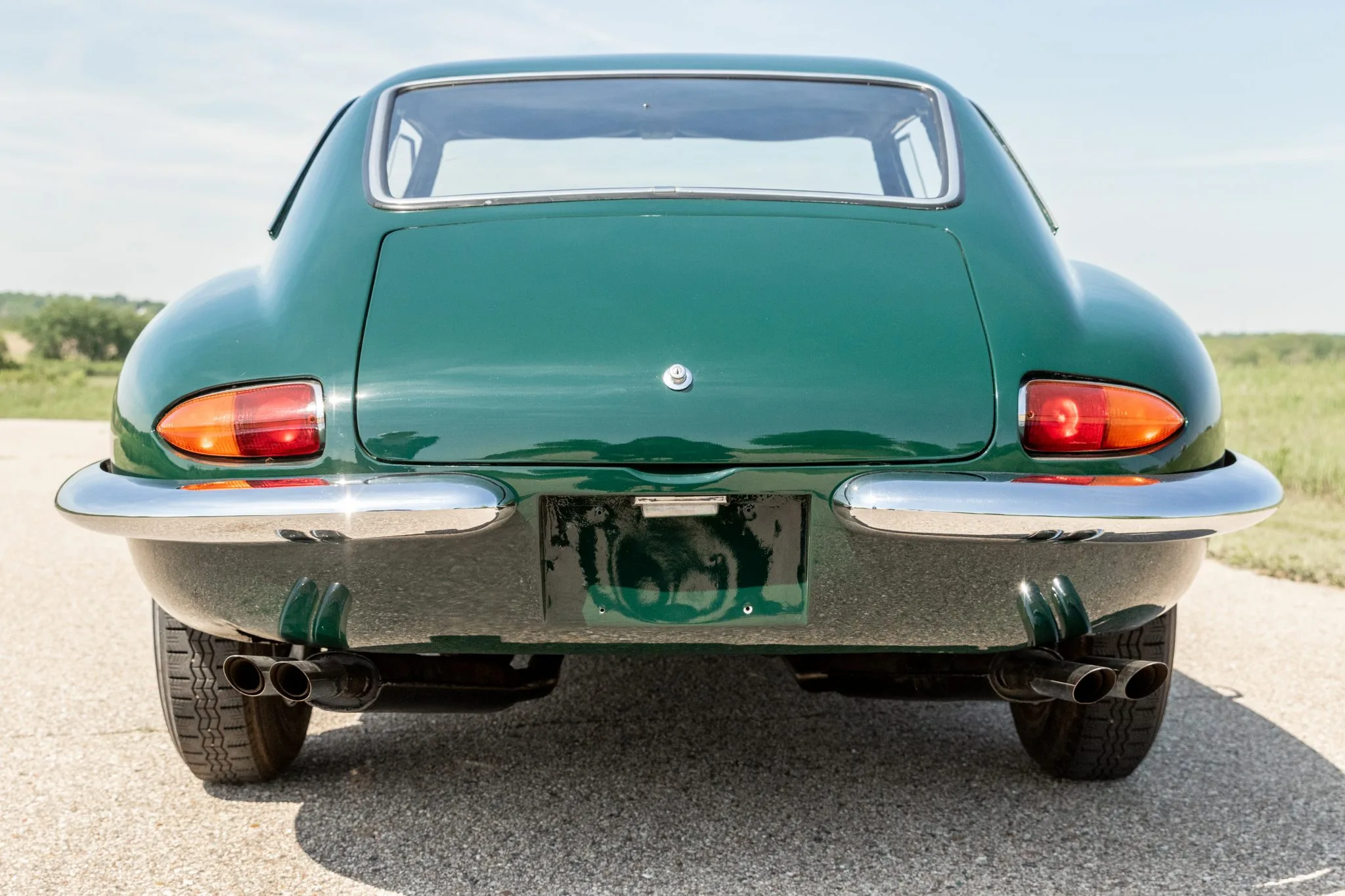
This 1964 Apollo 5000 GT is one of 88 cars produced under the Apollo and Vetta Ventura nameplates between 1962 and 1965. The car is finished in green over black upholstery. Power comes from a Buick-sourced 300ci V8 paired with a four-speed manual transmission.
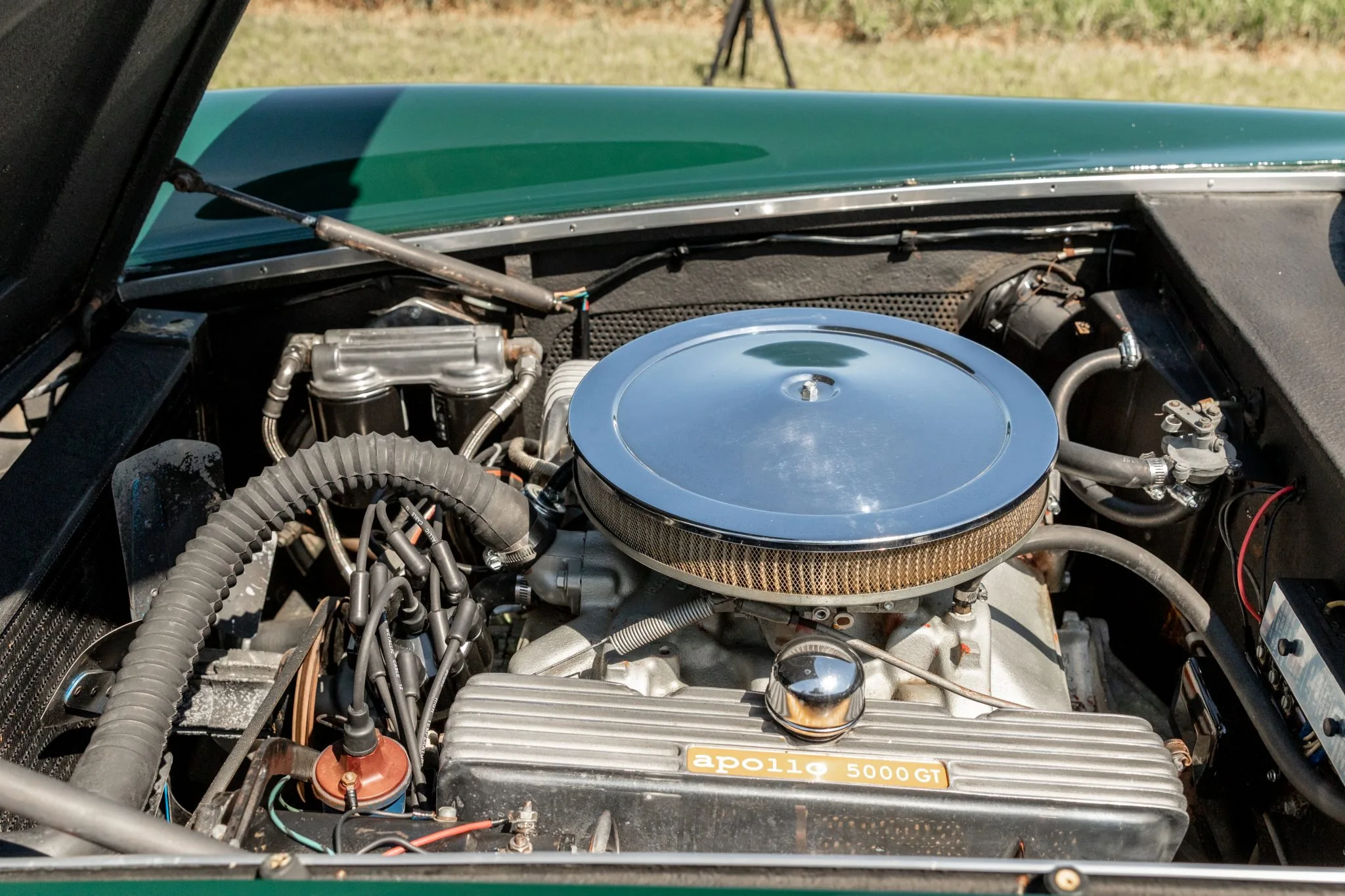
The chrome Borrani wire wheels feature three-eared knock-offs and are mounted with 185R400 Michelin X radial tires. The Apollo features a ladder-frame chassis with suspension components sourced from a contemporary Buick. Braking is handled by front disc brakes and finned rear drums.
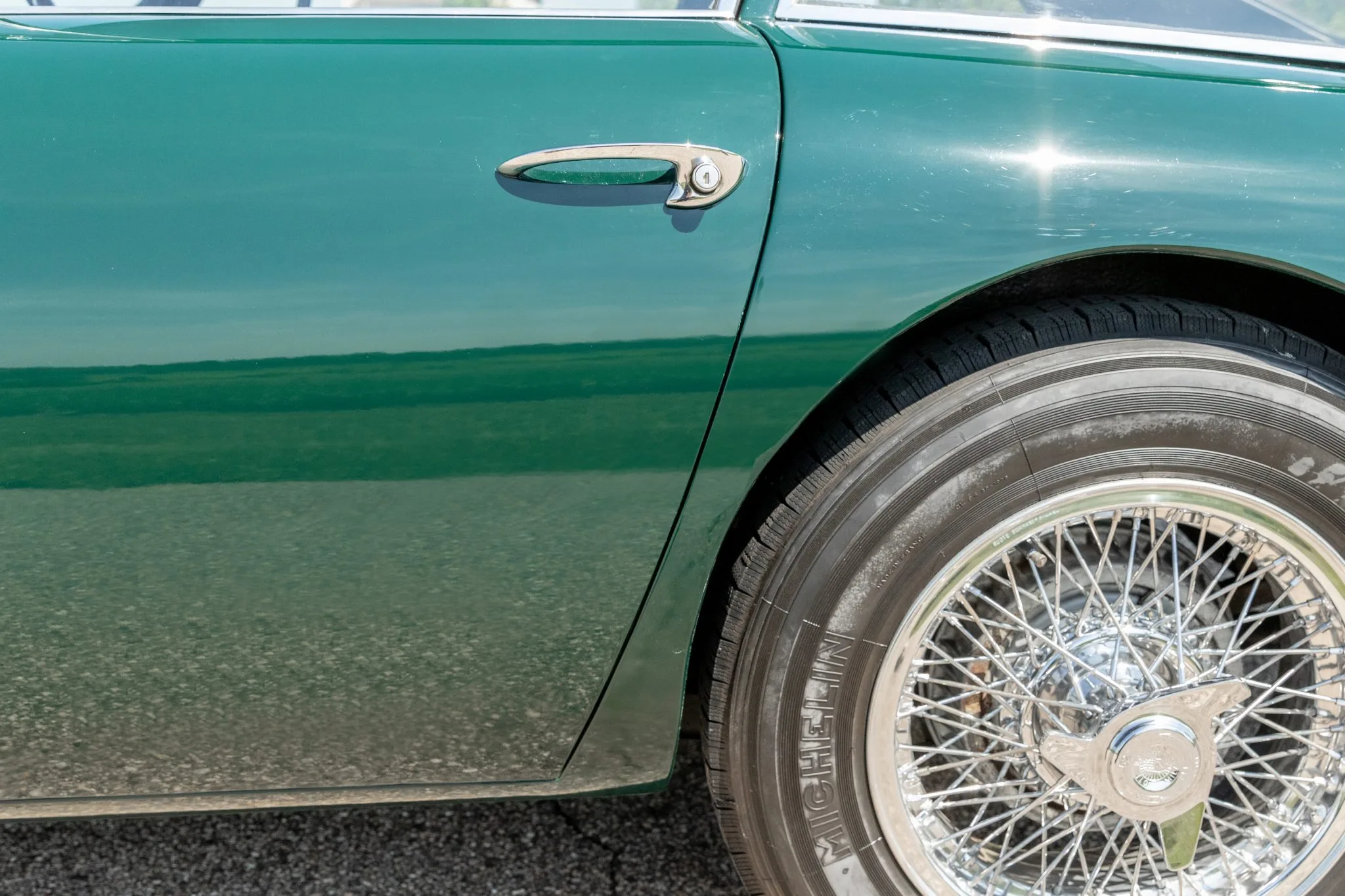
The cabin features bucket seats trimmed in black upholstery with matching door panels and carpets. Features include lap belts, an Apollo-branded ashtray, and a dash-mounted turn signal stalk. The wood-rimmed steering wheel features an Apollo horn button and frames Jaeger instrumentation including a tachometer and a 180-mph speedometer.

The Apollo was highly influenced by contemporary Italian designs of the 1960s with curvaceous front fenders, long hood, and engine placement nested deep into the cowl. Brown insisted on this mid-engine layout, with most of the weight sitting toward the middle of the car, similar in layout to the Cobra, with the driver’s seat being very closely positioned to the rear axle. The fastback roof and sweeping glass delivered a unique visual signature that conveyed a dynamic and elegant profile – a uniquely American car with stunning execution, being among the last to be constructed within the master traditions of great Italian coachbuilding.
